
Once regarded as the stuff of science fiction, the integration of artificial intelligence into prosthetics has shattered previously held limitations, offering unparalleled autonomy to individuals facing limb loss. Let's turn our attention to a groundbreaking case: Karin, a 50-year-old Swedish woman whose life has been dramatically transformed by a bionic hand unlike any other.
The story of Karin
Karin had been living without her right hand for two decades, the aftermath of a debilitating farming accident. She had managed, but her daily activities were severely restricted. The absence of her hand was also haunted by phantom pain, a sensation she described as feeling as though her missing hand was being churned through a meat grinder.
A confluence of minds from Sweden, Italy, and Australia united to redefine what was possible in prosthetic technology. Spearheaded by robotics engineer Max Ortiz Catalán, this international team was affiliated with prestigious institutes like the Bionics Institute in Melbourne, Australia, and the Center for Bionics and Pain Research in Sweden. They recently broadcasted Karin's uplifting tale in the esteemed journal, Science Robotics, heralding a new era in the realm of prosthetics.
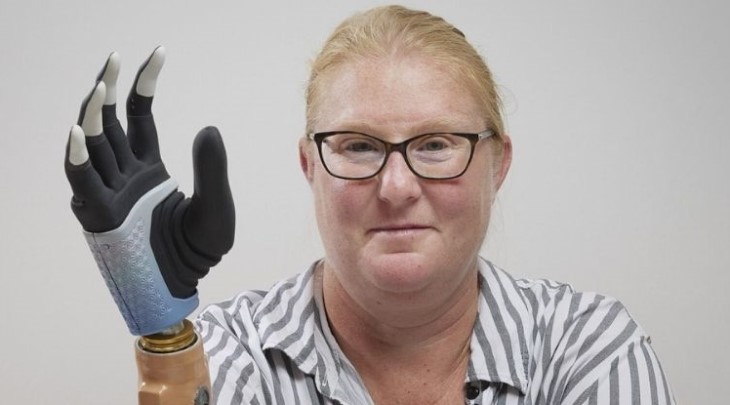
Image: (Bionics Institute)
What sets Karin's bionic hand apart? This prosthetic marvel uses pioneering technology that connects directly to a user’s bones, muscles, and nerves. This nexus establishes a human-machine interface, enabling artificial intelligence to translate brain signals into precise movements. Karin’s prosthetic hand is equipped with internal electrodes, a feat declared as the first of its kind for robotic hands designed for amputations below the elbow.
This isn’t just about dexterity and motor functions; the bionic hand has significantly diminished Karin's phantom pain. The result? She now requires far fewer medications than before. Her quality of life has improved manifold; she can perform 80% of her daily tasks without any hindrance, whether it's preparing a meal or fastening a zipper.
The development of such technology does not come without its financial implications. Though the specific numbers were not disclosed for Karin’s case, it's worth noting that advancements of this nature often require enormous investment. That said, when set against the monumental leaps in user experience and potential applications, many would argue that the investment is more than justified.
Ortiz Catalán explained that one of the groundbreaking techniques employed in Karin's case was ‘osseointegration.’ This involves planting an implant into the bone in such a way that the bone cells grow tightly around it. Once in place, the artificial limb can be attached directly to the skeleton. Importantly, muscle grafts containing electrodes are also incorporated, ensuring amplified signals for the interface.
Even three years ago, when Karin was initially fitted with her prosthesis, this was a one-of-a-kind innovation. Most available prosthetics at that time had sensory electrodes on the exterior, situated just under the synthetic 'skin.' This traditional setup invariably dilutes the quality and quantity of sensory signals between the robotic hand and the human neural system.
Looking forward, it’s evident that this technology can be a cornerstone in the future of prosthetic development. "The fact that [Karin] has been able to use her prosthesis comfortably and effectively in daily activities for years is a promising testament to the potential life-changing capabilities of this novel technology," opined Ortiz Catalán. In particular, its efficacy in alleviating phantom limb pain poses exciting possibilities. The Bionics Institute's CEO, Robert Klupacs, echoed similar enthusiasm for what lies ahead.
In conclusion...
The evolution of prosthetic technology, fueled by international collaboration and sheer ingenuity, has opened doors once thought permanently closed. And while one cannot put a price on autonomy and the relief from chronic pain, one thing is clear: we are merely at the precipice of what is possible when human endeavor meets artificial intelligence in the quest to enrich lives.
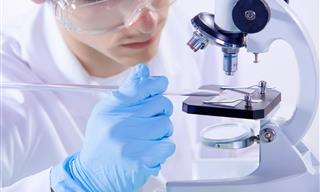
5 World-Changing Medical Advances From the Past Decade
Perhaps the most important technological advancements are those related to healthcare. Here are 5 such incredible medical breakthroughs from the past decade.
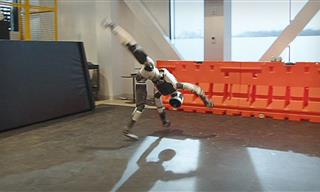 1:08
1:08
Boston Dynamics New Robot Can Move Almost Like a Human
Watch the latest in robotics in this video.
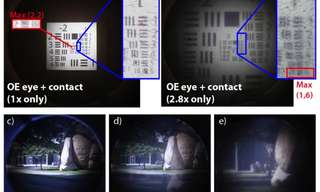
New in Tech: The Telescopic Contact Lens!
Another science fiction story becoming reality is the bionic contact lens...
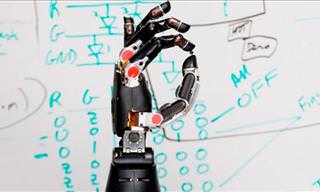
Paralyzed Man Feels Sensation From New Robotic Hand
This amazing development has allowed a paralyzed man to feel sensations via a robotic arm. Read on about this potential revolution.
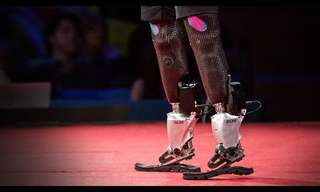 19:01
19:01
Where is the Future of Artifical Limbs Taking Us?
A fascinating talk about the future of prosthetic limbs.
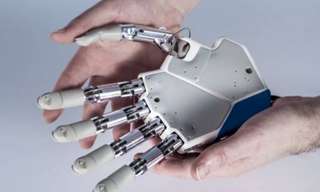
Breakthrough: The Bionic Hand that Actually Feels!
The first bionic hand that allows an amputee to feel what they are touching will be transplanted later this year in a pioneering operation that could introduce a new generation of artificial limbs with sensory perception.
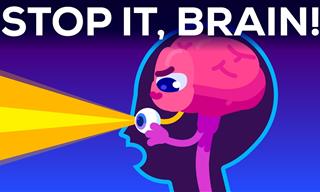 12:34
12:34
The World You See Doesn't Really Exist...
his video reveals how your brain constructs reality instead of simply perceiving it.
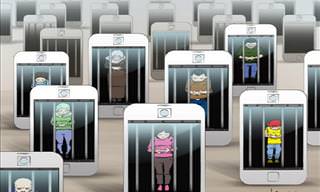
These Photos Show How Dependent We are On Smartphones
Technology has taken over and these funny (but true) photos help to drive this fact home.

The Difference Between Mined and Lab-Created Diamonds
If you're seriously considering buying a loved one a diamond, then we highly recommend that you read this informative guide first!
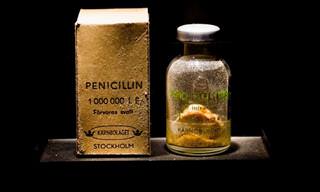
8 Important Inventions That Were a Complete Accident
It might be interesting for you to learn that some very important scientific innovations were born as a result of an accident.
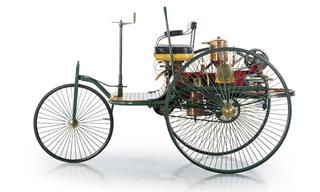
The First Valentine's Day Was Not That Long Ago...
Let us take you on a fun history lesson with these 10 first-ever things that started way back in history and remain to this day.
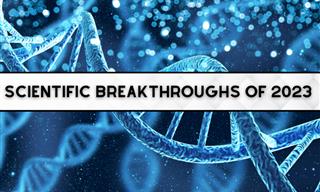
2023 in Science: Biggest Discoveries You Missed!
Let’s take a look at the most amazing scientific discoveries that made news this year.
 1:29
1:29
A Must See: White Cells Devouring Bad Bacteria!
A real look at how white cells identify and consume harmful bacteria.

New Study: Are Dogs Even More Intelligent than We Thought?
New study sheds more light on canine intelligence, making some fascinating discoveries.
 12:35
12:35
The World's Most Dangerous Blood Type
Today we will discuss the most dangerous blood type to have, the one you cannot get an infusion for. Let's delve right in and learn about this rare blood type.

Do You Have One Of These RARE Genetic Traits?
How unique are you? You might have several rare genetic traits that make you unlike most of the world's population!
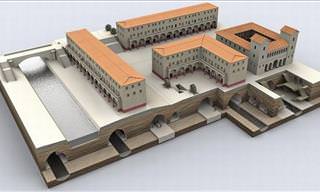
Six Inventions Da-Vinci Made Ahead of Their Time
He created and envisioned many inventions that were sometimes even centuries ahead of their time. Was there ever a genius as great as Da-Vinci?

10 Tech Products You Must Double-Check Before Buying
Beware! These tech products are most commonly faked.

Travel From the Sun to Pluto With Our Interactive Guide!
The solar system is a fascinating place, and we wanted to bring you an interactive journey that you can use to travel through it. Enjoy the journey!
 9:31
9:31
The Channel Tunnel - The 7th Wonder of the Modern World!
The construction of the Channel Tunnel is said to be an impossible feat!
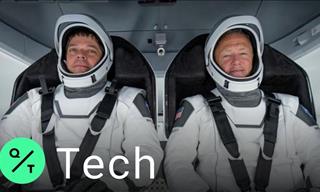 2:23
2:23
Introducing the Astronauts That Were Just Launched Into Space
The two astronauts — veteran NASA fliers Bob Behnken and Doug Hurley are honored to have been on this flight. Let's get to know them!
 15:07
15:07
Amazing New Scientific Discoveries You Missed in 2024
There have been so many interesting scientific discoveries this year that we have missed!

10 Unanswered Mysteries You've Always Wondered About!
You might not have thought about the most curious cases of the bizarre things that we encounter every day.
 4:57
4:57
The First 3D-Printed Hotel is Already Being Built!
s evidence of this, a groundbreaking project is nearing completion, in which a hotel is being printed, and tourists will soon be able to visit it. Curious to see what it looks like?

Study: Biggest Ocean in the World is.. Underground?
A groundbreaking discovery by researchers reveals an enormous water reservoir deep beneath the Earth's surface.
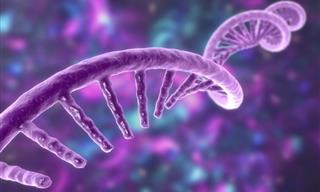
Science Breakthrough: An Immunization Against Skin Cancer?
This scientific breakthrough offers hope for those who are struggling with skin cancer. You are now invited to discover more about this revolutionary vaccine.
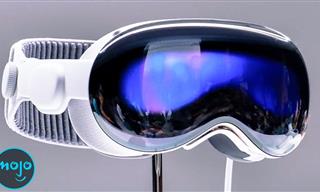 11:03
11:03
These New Technologies Will Change the World!
These groundbreaking tech innovations are going to change our world!
 10:04
10:04
11 Practical Technologies That Will Help Fight Flooding
These amazing innovations will be real handy during a flood.
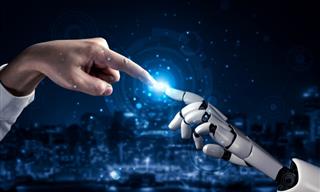
5 Robotics Trends Anticipated in 2024
What does 2024 have in store for the field of robotics?

New Study: There is a Sure Way to Slow Aging
This new study confirms what has long been suspected: The less calories we consume, the slower we age.
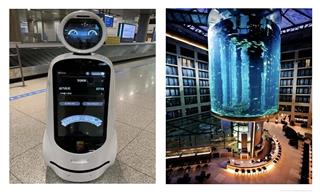
Is It 3024 Already?! – 14 Wildly Futuristic Things
These revolutionary ideas are about to change our world.
 5:01
5:01
The Truth About Folding Phones You Need to Know
Don’t buy a foldable without knowing this first.
 3:07
3:07
The Speed of Light Visualized in a Magnificent Video
Have you got the patience? Watch, in scale, just how long it takes light to travel from Earth to Mars
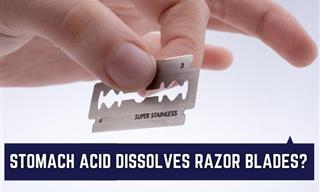
12 Bizarre Scientific Facts You Never Learned at School
The scientific facts we collected in this list aren't the kind of stuff you'll see in a school curriculum.

Chocolate Exposed! Here's What It Does to Your Brain!
Just what is it that makes chocolate so irresistible to so many people around the world? Find all of the answers in the article.
 8:05
8:05
This Giant Tank Will Unlock the Universe’s Big Mysteries
Japan is building a huge underground tank inside a mountain to help unlock the many mysteries of the universe.
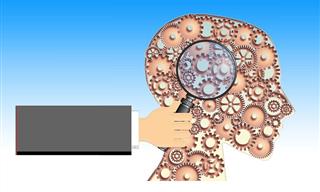
Study Says: With Age, Come Certain Cognitive Abilities
a study published in August 2021 in the journal *Nature Human Behavior reveals surprising findings that challenge this assumption and may be of great interest to all of us.
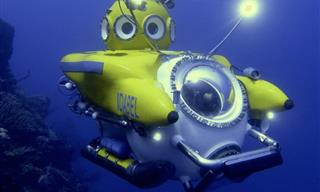
These Underwater Craft Are Changing Marine Science
Here's a look at the most remarkable machines currently expanding our understanding of the underwater world.
 4:11
4:11
This Video Will Show You Where We Are in the Universe!
Where is our galaxy in the known universe? This video will fly with you to ever-larger destinations, showing you our little planet's cosmic address from a very large viewpoint.
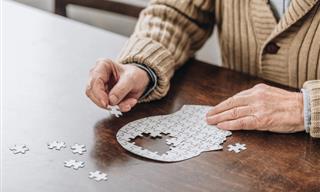
Study: New Link Found Between Parkinson's and the Gut
A recent study has identified gut microbes likely involved and linked them to decreased riboflavin (vitamin B2) and biotin (vitamin B7), suggesting a potential treatment
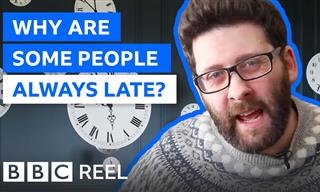 6:31
6:31
The Psychology Behind Why Some People Are Habitually Late
Now we finally know why some people are habitually late.

17 Incredible Eye Facts You Have To See To Believe
They say the eyes are the window to the soul, and they also happen to be our windows to the world. Here are 17 insanely fascinating facts about eyes.

Stunning 2024 Images from the James Webb Space Telescope
Marvel at the new images revealed by the James Webb Space Telescope.
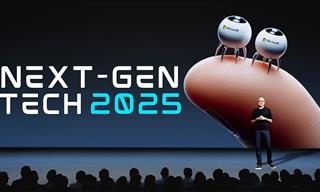 10:31
10:31
Science Predicts These 10 Technologies Will Rule 2025
These upcoming tech innovations will reshape our world.

12 Steps That Help to Explain Einstein's Famous Theory
Have you ever wondered what Einstein's Theory of Relativity is all about? If you have, here is an easy-to-understand explanation!
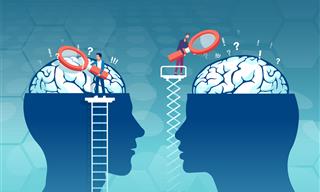
Battle of the Sexes: How Our Brains React Differently
A new study claims to have discovered why women are typically more emotionally sensitive than men. Read all about it here.
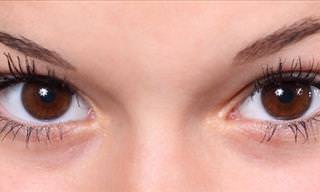
Can One Photo Really Tell How Good Your Eyesight Is?
Scientists say that this single photograph can tell you whether you have good vision or not. Who can you see in the image?
To enable your Ad-Free Subscription, please fill the fields below
Your subscription was successful, now you can enjoy an ad-free experience!!
Note: To make sure you get no ads, please make sure to log in to your account. If you are logged in already, then refresh the page. The subscription can be cancelled at any time.


